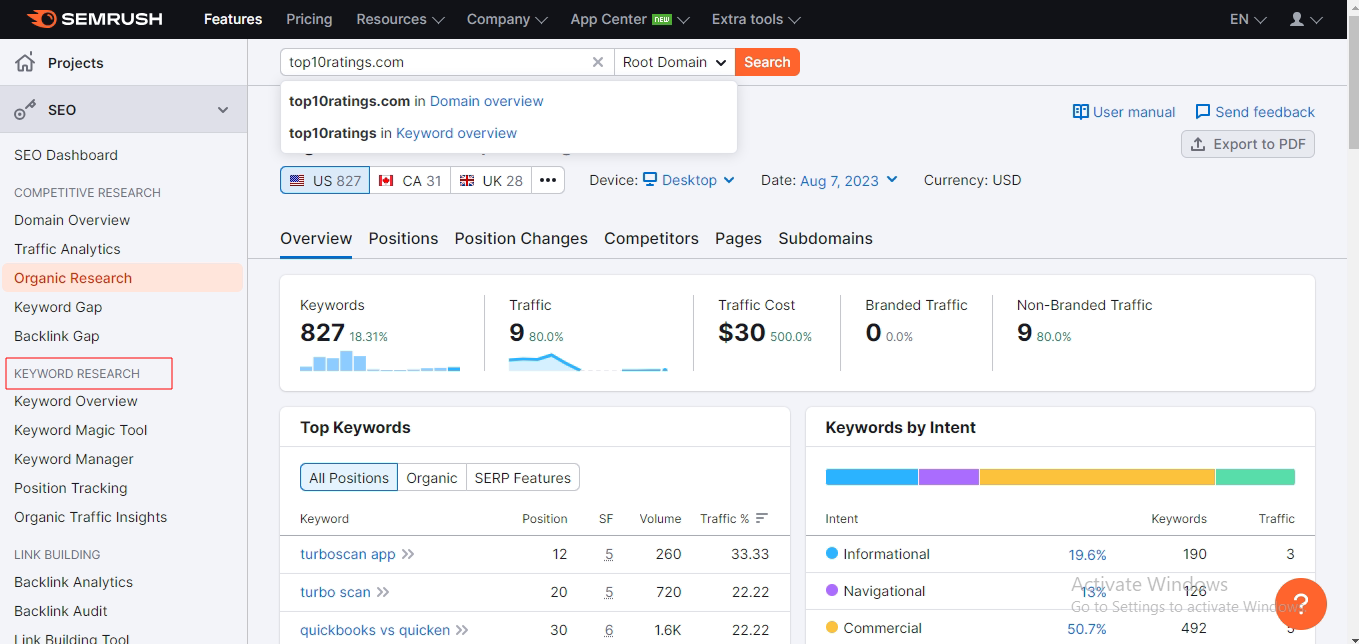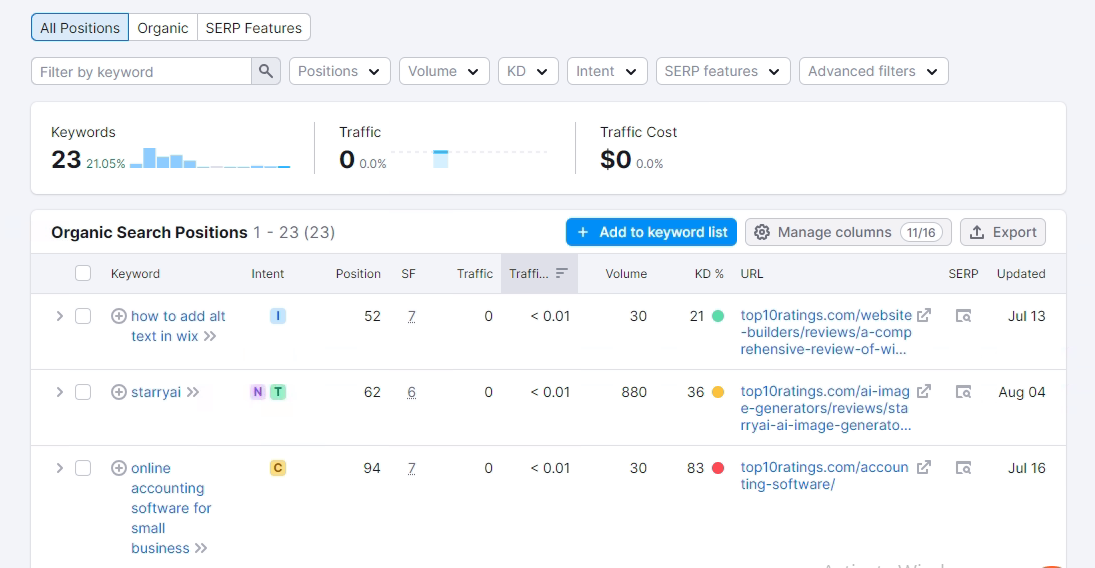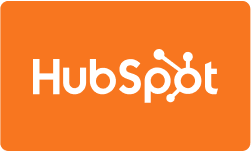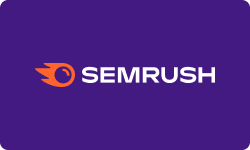Keyword research is a fundamental aspect of SEO, involving the identification of terms and phrases users employ while searching online. Its significance lies in its ability to optimize website content with tools like “Top Free Keyword Research Tools” and online marketing campaigns for target keywords, enhancing website visibility and search engine rankings.
Understanding user search behavior through keyword research empowers businesses to cater to their audience’s needs effectively. By incorporating relevant keywords into title tags, meta descriptions, and content, websites become more likely to appear in relevant search results.
In essence, keyword research serves as the backbone of achieving marketing success and building successful SEO strategies, driving organic traffic and boosting the overall online presence of a website.
Understanding Your Target Audience
Know Your Audience Deeply: Understand your audience by conducting surveys and analyzing website traffic. Gather insights into their preferences, interests, and challenges to tailor your content to their specific needs.
Direct Audience Feedback: Gather direct feedback from your audience to learn what they’re searching for and how they express their queries. This helps you create content that resonates with their requirements.
Customized Content: Use audience insights to tailor your content, making your website a relevant resource that addresses their specific needs and interests.
Utilize Keyword Research Tools: Employ tools like Google Keyword Planner, SEMrush, and Ahrefs to uncover valuable information about search behavior. Access data on search volume, competition, and related keywords.
Data-Driven Insights: Leverage tools to identify common phrases and terms used by your target audience. Recognize trends and patterns in their searches to align your content with user intent effectively.
Enhanced Engagement: Develop content that matches user intent, resulting in higher engagement and increased organic traffic to your website.
Defining Your Goals for Keyword Research
Define Your Goals: Clarify your objectives before diving into keyword research. Decide if you want to increase website traffic, generate leads, boost sales, or enhance brand visibility.
Guided Efforts: Establish a clear direction by identifying your specific goals for keyword research. This helps you stay focused and prioritize efforts effectively.
Aligned Keyword Strategy: Create a keyword strategy that aligns with your goals. If you aim to increase traffic, target high-traffic keywords. For lead generation, focus on relevant long-tail keywords that match user intent.
Maximize Impact: Tailor your keyword approach to suit your objectives. This ensures that your keyword research efforts are purposeful and yield the best possible outcomes for your business.
Resource Investment: Invest your resources wisely by aligning your keyword strategy with your goals. This prevents wastage and ensures that your SEO efforts are targeted and effective.
Generating a List of Keywords
Keyword Research Tools: Utilize tools like Google Keyword Planner, SEMrush, and Ahrefs to access valuable data on search habits. Discover related keywords, search volumes, and competitiveness, helping you create a list of keywords aligned with your objectives.

Long-Tail and Short-Tail Keywords: Balance short-tail (1-2 words) and long-tail (specific phrases) keywords. Short-tail keywords have higher search volumes but more competition. Long-tail keywords may have lower search volumes but offer better conversion rates.
Expand Reach and Targeting: Combine both keyword types to broaden your audience reach while addressing specific user needs. This approach caters to users at different stages of their search journey.
Search Volume and Conversion: Short-tail keywords attract higher search volume, while long-tail keywords often lead to better conversions. By using both, you optimize for visibility and engagement.

Comprehensive Content Strategy: Integrating a mix of keyword types enriches your content strategy, making it relevant to a wider audience while also appealing to users with specific intent.
Evaluating and Selecting Keywords
Keyword Evaluation: Analyze search volume and competitiveness to identify promising keywords. High search volume indicates demand, but balanced competition is essential for success.
Relevance Check: Ensure keywords match your content and audience interests. Relevance creates a better user experience and encourages engagement.
User Intent Understanding: Put yourself in users’ shoes to decipher their intent behind keywords. Align your content not only to match but surpass their expectations, making your website a valuable resource.
Content-Keyword Alignment: Align keywords with your content goals. This ensures your website addresses users’ needs, leading to higher engagement and search engine rankings.
Balancing Act: Strike a balance between high search volume and manageable competition to find keywords where your content can shine.
Seamless Experience: Relevant content that aligns with user intent creates a seamless experience, improving user engagement and overall website performance.
Implementing Keyword Integration
Title Tags and Meta Descriptions: Place selected keywords in title tags and meta descriptions. Craft compelling, keyword-rich titles and descriptions that encourage user clicks and provide a preview of your content.
Keyword Integration in Body Content: Integrate keywords naturally in body content for SEO. Avoid overusing keywords (keyword stuffing) and focus on producing high-quality, informative, and engaging content.
Avoid Keyword Stuffing: Ensure keywords are used naturally and not excessively, as search engines penalize keyword stuffing. Prioritize user-friendly, valuable content.
Internal Linking Strategy: Develop a strategic internal linking structure. Link relevant pages with anchor text containing target keywords, aiding search engines and enhancing user navigation.
Enhanced Keyword Visibility: Effective internal linking improves keyword visibility throughout your website, aiding both search engines and users in understanding your content structure.
User-Friendly Navigation: Internal links make it easier for users to navigate related content. A well-organized internal linking structure enhances user experience and encourages deeper exploration of your website.
Tracking and Measuring Keyword Performance
Performance Tracking Tools: Use tools like Google Analytics, Moz, or SEMrush to monitor keyword performance. Track keyword rankings, website traffic, and conversions are driven by specific keywords.
Data Analysis: Extract valuable insights from tracked data. Analyze performance metrics to identify top-performing keywords, high-traffic sources, and keywords driving conversions.
Refine Keyword Strategy: Use data insights to refine your keyword strategy. Focus on successful keywords while adjusting or optimizing underperforming ones.
Iterative Approach: Embrace an iterative approach to SEO. Regularly review and adjust your keyword strategy based on changing search behavior and performance metrics.
Adapt to Changes: Stay adaptable in response to evolving digital marketing trends and user search patterns. Continuously refine your SEO strategy to match current trends and user preferences.
Advanced Keyword Research Techniques
Competitor Analysis: Enhance keyword research with competitor analysis. Study competitors’ targeted keywords using tools like SEMrush and SpyFu. Identify their successful keywords and incorporate relevant ones into your content.

Unique Value Addition: Stand out by adding a unique twist to keywords borrowed from competitors. Ensure your content provides distinct value to users.
Semantic SEO Approach: Embrace Semantic SEO by understanding user intent and context. Incorporate related keywords and synonyms to align with primary target keywords.
Contextual Relevance: Search engines focus on user intent. Use related terms and synonyms to provide contextual relevance, enhancing your content’s search engine visibility.
Tools for Related Terms: Tools like LSIGraph help discover related terms and phrases. Enrich your content with these to improve its depth and relevance to users’ queries.
Customer Feedback Insights: Pay attention to phrases used by customers in their feedback. Integrate these keywords into your content to align with their language and preferences.
Enhanced Connection: Incorporating customer language strengthens your connection with the audience. Addressing their needs enhances engagement and improves search rankings.
Keyword Research for Local SEO
Geographically Relevant Keywords: Prioritize local SEO by tailoring keywords to specific locations. Use tools like Google Trends to identify local search trends. Incorporate city names, neighborhoods, and landmarks for location-based optimization.
Google My Business (GMB) Optimization: Optimize your Google My Business listing. Ensure accuracy, completeness, and include location-specific keywords in your business description, services, and reviews.
Consistent Local Listings: Maintain consistency in local listings and directories. Include NAP (Name, Address, Phone) details and location-specific keywords for better search engine recognition.
Local SEO Benefits: Local optimizations improve your chances of appearing in Google’s local three-pack. Being visible to local searchers can drive more foot traffic and online conversions.
Targeted Local Audience: Target users looking for local businesses by integrating location-related keywords. This attracts relevant traffic that’s more likely to convert into customers.
Conclusion
Mastering keyword research is an essential skill for anyone looking to enhance their website’s search engine optimization and online visibility. Integrating keywords strategically into your website content, social media posts, and local SEO efforts further amplifies your online presence.
Consistent tracking and analysis of keyword performance enable continuous improvement and adaptation to evolving search trends. With a well-crafted keyword strategy, you’ll establish your website as a valuable resource for users and secure a competitive edge in the dynamic digital landscape.

![Unlocking Ahrefs Premium: Get Ahrefs Premium Accounts [100% Free]](https://s44815.pcdn.co/wp-content/uploads/2023/10/Ahrefs-Free-Premium-accounts-2023-330x250.webp)




















